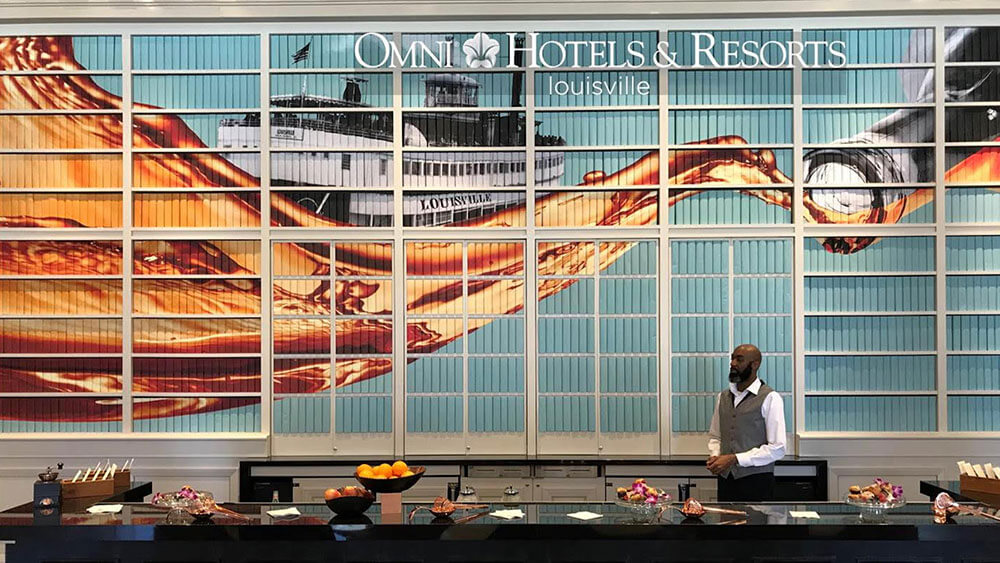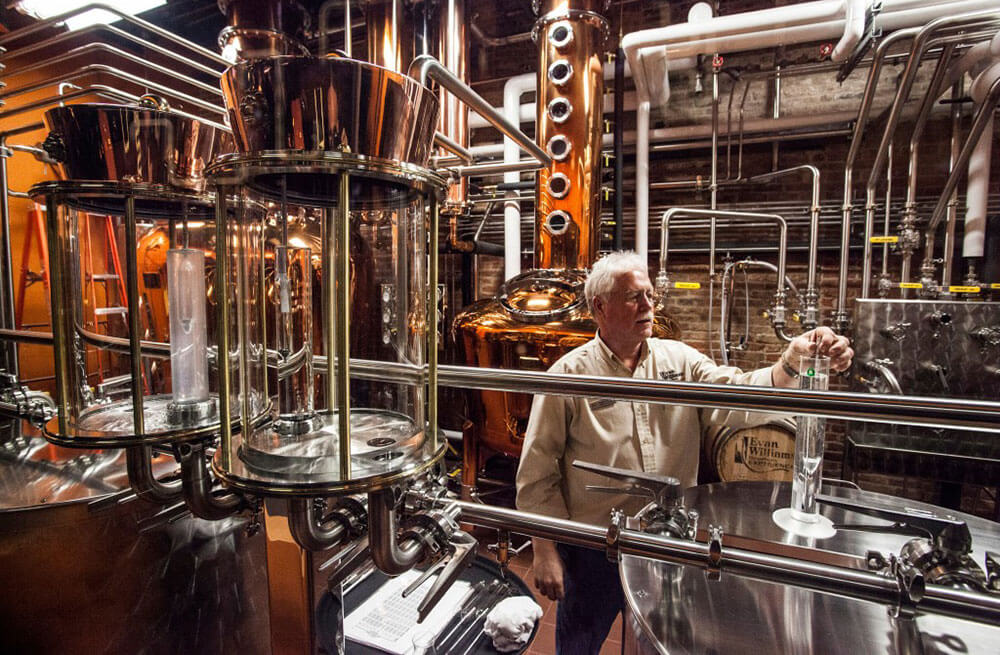
Mirroring the Visit Louisville approach to branding, events industry-related businesses use locally significant historic symbols, colors — and bourbon — in their branding.
Louisville Tourism’s Stacey Yates remembers how, during the 2000s, her DMO’s branding was “generic,” she said, using taglines like “Possibility City” and collages “of as many top-tier things we could get in on a page.”

Stacey Yates
But in 2007, a switch went on. Louisville Tourism had begun to run a separate campaign promoting the area’s bourbon heritage, positioning Louisville as the epicenter of the state’s bourbon country. The following year the CVB launched the Urban Bourbon Trail, an assembly of bars and restaurants in Louisville with a significant bourbon culture. As CVB reps began pouring bourbon at trade shows, the meetings and conventions segment picked up on it as well.
“We started to leverage this asset that we had for more than 200 years … and that’s what really resonated with people,” she said. “Not all people, but a group migrated to that because it was differentiating.”
Fast-forward a few years, and the craft cocktail movement is in full swing. Downtown Louisville has seen its first urban distillery open since the Prohibition era and Visit Louisville has embarked on a year-and-a-half-long branding exercise “to see if we could unlock it and unleash what was organically here,” Yates said. Bourbon became one of four pillars bolstering the new brand, launched officially in 2016, along with culinary, authenticity, and Louisville’s “unique sense of Southernness.”
RELATED: San Jose’s Tattoo-Worthy Branding
To convey these pillars visually, the team wove locally significant historic symbols, like the fleur-de-lis, into its logo and branding. They also used sepia, woodgrain, and copper tones, inspired by rustic bourbon barrels and the hue of the spirit itself. The palette gives Visit Louisville a more subtle way to communicate the essence of the spirit sans photos of cocktails — an important distinction when the latter might not resonate with certain markets, like religious groups.
Yates said they haven’t lost business with those markets — instead, she’s seen them focus on the facets they do connect with. For example, groups often set up booths where attendees can make their own Kentucky Derby–inspired fascinator hats or bow ties. Others draw on the bourbon heritage in more subtle ways, incorporating the words “spirit” or “distill” into their taglines. “In the past, we might have shied away from capturing what we’re known for,” Yates said. “I think we’ve been more successful by going back to those … things we are known for, putting a more modern interpretation on them, and celebrating that and being proud of that heritage in a modern way.”

The Evan Williams Bourbon Experience, Louisville’s first distillery since Prohibition, opened in the heart of downtown in the Fall of 2013.
Earn One Hour of CE Credit
This story is part of Convene‘s CMP Series cover story for January 2020. After reading “Brand-New Experience,” this story, and the related story at the link above, you will be ready to earn one hour of CE credit toward CMP certification from the Events Industry Council. To take an online test to earn that CE credit, and for access to additional CMP Series stories, go to our CMP Series page.
The Certified Meeting Professional (CMP) is a registered trademark of the Events Industry Council.
